In the race to combat climate change, scientists and engineers are increasingly turning to nature’s own processes for inspiration. One such promising solution lies in the geological phenomenon known as "carbon mineralization," where carbon dioxide (CO₂) reacts with certain rocks to form stable carbonate minerals. Among these rocks, basalt—a common volcanic rock—has emerged as a particularly effective candidate for locking away CO₂ permanently. This process, often referred to as the "basalt carbon prison," offers a potentially scalable and long-term solution to reducing atmospheric CO₂ levels.
The Science Behind Basalt Carbon Mineralization
Basalt is rich in calcium, magnesium, and iron, elements that readily react with CO₂ to form solid carbonates like calcite, magnesite, and siderite. When CO₂ is injected into basalt formations deep underground, it dissolves in water to form a weak acid, which then reacts with the rock’s minerals. Over time, these reactions convert the gaseous CO₂ into solid minerals, effectively trapping it for thousands to millions of years. Unlike other carbon capture and storage (CCS) methods, which rely on sealing CO₂ in porous reservoirs where it could potentially leak, mineralization offers near-permanent storage with minimal risk of escape.
Field experiments have demonstrated the viability of this approach. The CarbFix project in Iceland, for instance, has shown that over 95% of injected CO₂ can be mineralized within two years—a stunningly fast timeframe in geological terms. Similar projects in Washington State’s Columbia River Basalts and in India’s Deccan Traps have yielded encouraging results, reinforcing the potential of basalt formations worldwide as natural carbon sinks.
Advantages Over Traditional Carbon Capture
Traditional CCS methods often face challenges related to leakage, monitoring, and public acceptance. Storing CO₂ as a gas or supercritical fluid in depleted oil fields or saline aquifers requires continuous monitoring to ensure the gas doesn’t migrate or escape. In contrast, once CO₂ is mineralized in basalt, it becomes part of the rock itself, eliminating the need for long-term surveillance. This inherent stability makes mineralization a more secure and publicly palatable option.
Another advantage is the abundance of basalt. It covers roughly 10% of the Earth’s continental surface and is prevalent on the ocean floor, offering vast potential for large-scale deployment. Unlike some carbon capture technologies that require rare or expensive materials, basalt is widely available and requires no additional resources beyond those needed for drilling and injection.
Challenges and Limitations
Despite its promise, basalt carbon mineralization is not without hurdles. The process requires significant amounts of water—a resource that is scarce in many regions. Additionally, the energy needed to drill, pump, and inject CO₂ underground can offset some of the environmental benefits if not sourced from renewables. There are also questions about the scalability of the technology. While pilot projects have succeeded, ramping up to the gigaton scale needed to make a dent in global emissions will require substantial infrastructure and investment.
Another challenge lies in the variability of basalt compositions. Not all basalt formations are equally reactive, and some may mineralize CO₂ more slowly or inefficiently. Identifying the most suitable sites for large-scale projects will require extensive geological surveys and modeling.
The Path Forward
To overcome these challenges, researchers are exploring ways to optimize the mineralization process. One approach involves increasing the surface area of basalt exposed to CO₂ by fracturing the rock or using finely ground basalt powder. Another strategy is to enhance the reactivity of the rock by adding catalysts or adjusting the chemistry of the injected water. These innovations could significantly speed up the mineralization process and reduce costs.
Governments and private investors are beginning to take notice. Funding for mineralization research has grown in recent years, and several countries are incorporating the technology into their climate action plans. If these efforts succeed, basalt carbon mineralization could become a cornerstone of global carbon removal strategies, complementing emissions reductions and other negative emissions technologies.
A Natural Solution to a Human-Made Problem
The beauty of basalt carbon mineralization lies in its simplicity. It harnesses a natural process that has been occurring for millennia, accelerating it to address the urgent challenge of climate change. While it is not a silver bullet, it represents a powerful tool in the broader portfolio of solutions needed to achieve net-zero emissions. As research progresses and pilot projects expand, the "basalt carbon prison" may well become a key ally in humanity’s fight against global warming.

By /Aug 5, 2025

By /Aug 5, 2025

By /Aug 5, 2025

By /Aug 5, 2025
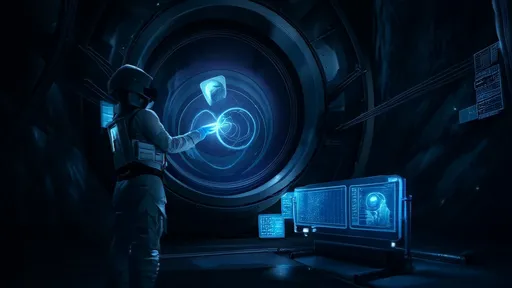
By /Aug 5, 2025

By /Aug 5, 2025

By /Aug 5, 2025

By /Aug 5, 2025
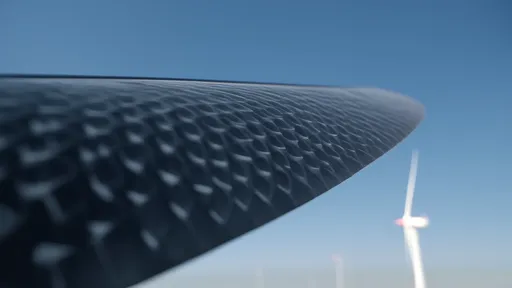
By /Aug 5, 2025

By /Aug 5, 2025
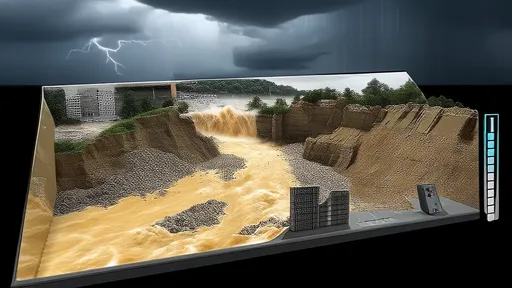
By /Aug 5, 2025

By /Aug 5, 2025

By /Aug 5, 2025
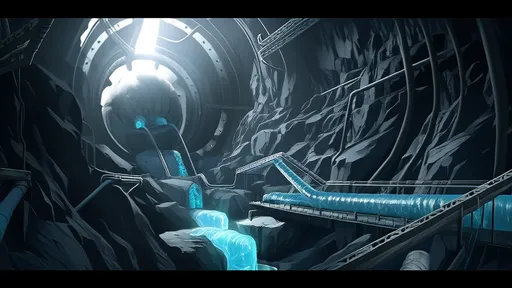
By /Aug 5, 2025

By /Aug 5, 2025

By /Aug 5, 2025
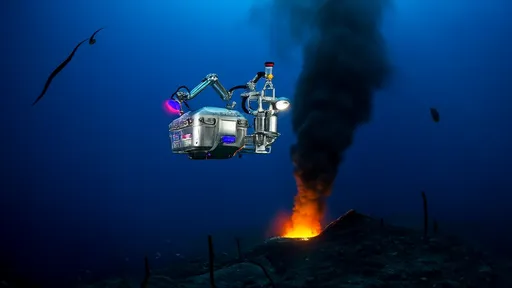
By /Aug 5, 2025

By /Aug 5, 2025

By /Aug 5, 2025
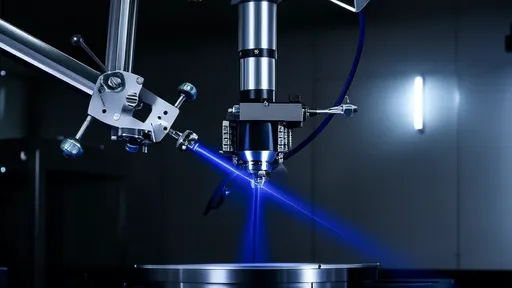
By /Aug 5, 2025